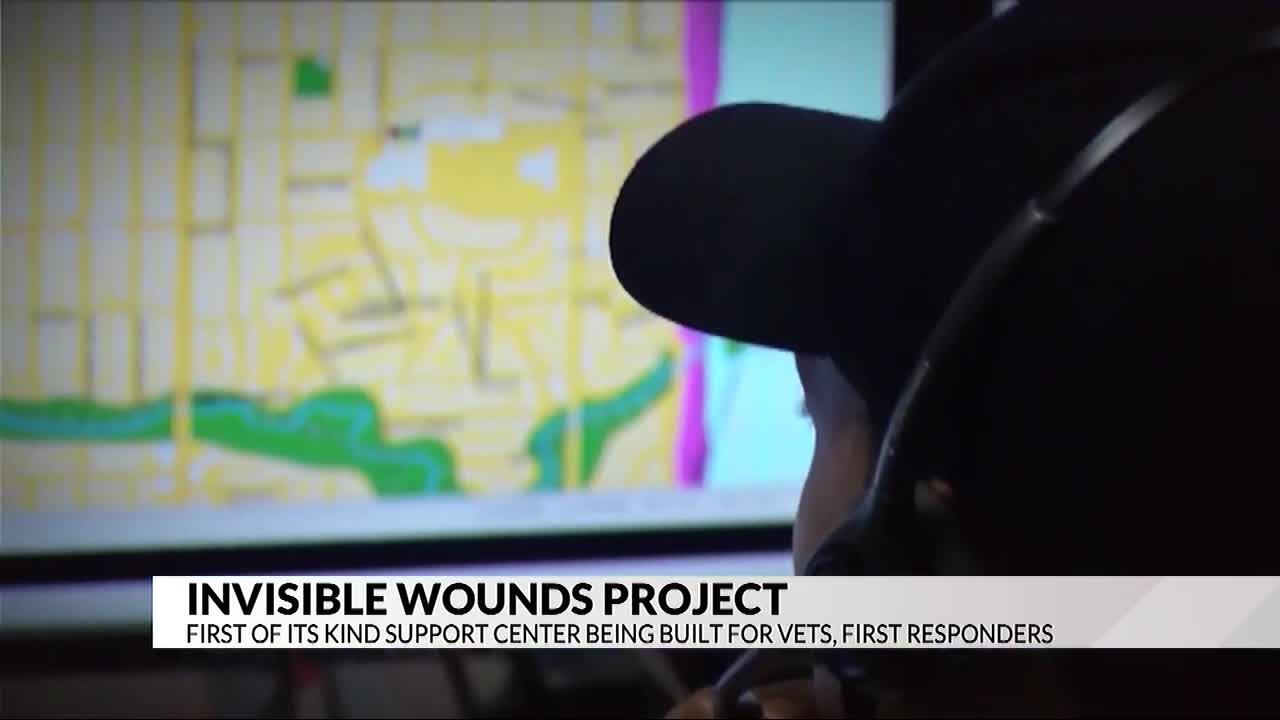First-of-its-kind facility in Forest Lake will help veterans and first responders

(KSTP) – A first-of-its-kind facility to help veterans and first responders is being built in Forest Lake.
The Invisible Wounds Project Support Center will be a place of healing and connection for thousands of veterans and front-line workers.
The nonprofit is building the center in a former church. The $250,000 project will include a woodworking shop, yoga studio, and therapy for connection and healing.
“I want them to have a better life,” Russ Hanes, founder of the Invisible Wounds Project, said. “Our goal is to change and save lives. When they walk out of here we want them to be better off than when they came in.”
Construction is expected to start in a few weeks and officials hope to open the center in April.
If you would like to donate to Invisible Wounds Project Support Center, click here.
Here is a list of suicide prevention and mental health resources:
- U.S. National Suicide Prevention Lifeline at 988 or 1-800-273-TALK (8255)
- Minnesota Department of Health’s Suicide Prevention Program
- Minnesota Department of Human Service’s adult mental health resources
- The National Alliance on Mental Illness (NAMI) – Minnesota
- Veterans Crisis Line at 1-800-273-8255, Press 1
- Minnesota Farm and Rural Mental Health Helpline at 833-600-2670, ext. 1
- Crisis Phone Line – In the Twin Cities metro area, call **CRISIS (**274747) from a cellphone to talk to a team of professionals who can help.
- Crisis Text Line – Text MN to 741741 to connect with a trained crisis counselor to receive free, 24/7 crisis support via text message.
If you believe someone is at risk of suicide, the U.S. Department of Health and Human Services suggests you:
- Ask questions about whether the individual is having suicidal thoughts.
- Call the U.S. National Suicide Prevention Lifeline at 988 or 1-800-273-TALK (8255).
- Seek help from a medical or mental health professional. If it is an emergency situation, take the person to a hospital.
- Remove any objects from a person’s home that could be potentially used in a suicide.
- Do not leave the person alone, if possible, until help is available.
The U.S. National Suicide Prevention organization has also compiled a list of resources to help with coping during the COVID-19 pandemic.